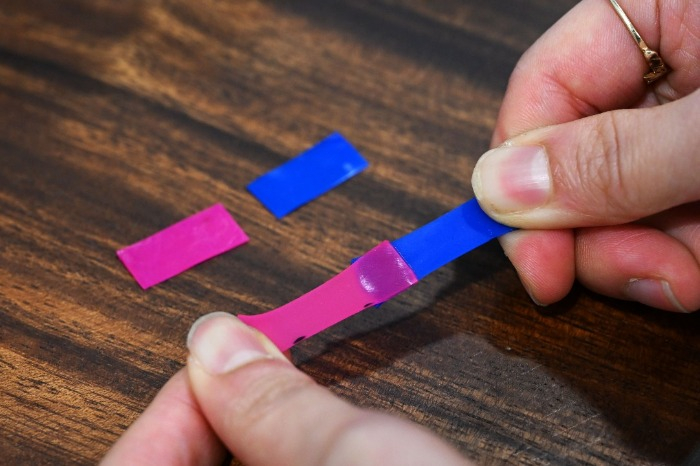
21st July 2023 Hyundai to use nanotechnology in cars from 2025–2026 Hyundai Motor Group has unveiled its vision for the future of mobility, announcing the development of six innovative nanotechnologies designed to enhance the performance, efficiency, and safety of its vehicles. This includes self-healing materials.
Credit: Hyundai Motor Group
During a press conference held yesterday in Seoul, South Korea, Hyundai Motor Group revealed plans for a new generation of high-tech cars incorporating nanoscale features, which it hopes to begin mass producing by 2025–2026. Nanotechnology is defined as materials or devices that work on a scale smaller than one hundred nanometres (nm). A nanometre is one billionth of a metre or about 100,000 times narrower than a human hair. Individual atoms, for comparison, tend to range in size from 0.1 to 0.5 nm. Many interesting and unique physical effects become possible at this level of detail, making nanotechnology a highly promising technology of the future. "Only when we secure top level materials technology in mobility can we improve the performance and durability of car parts and vehicles which will offer a competitive edge in the fast-evolving future mobility market," said Lee Jong-soo, executive vice president of Hyundai Motor Group's Institute of Advanced Technology Development. "Materials innovation is not only the foundation of technology but also a core part of industry convergence, and it has always preceded technology innovation," added Jong-soo. "It is a must to innovate nanomaterials, a key to mobility industry development."
The six nanotechnology innovations being developed by Hyundai are as follows: 1. Self-healing polymer coating Intended for cameras and LIDAR sensors on self-driving cars, a new self-healing polymer coating will remove scratches or water, restoring the device and improving the accuracy of obstacle and pedestrian detection. The restoration process will take just two hours under ambient temperatures, which is dozens of times faster than current self-healing materials. For temperatures below freezing, it will take around a day. 2. Oil capsule polymer coating A spinoff from the self-healing material, these nano-capsules will protect vehicle parts – in particular, the drive shaft – by reducing friction and other damage that accumulates over time, providing 50% greater effectiveness compared to existing products. 3. Transparent solar cells Windows capable of generating clean energy will be a feature of these next-generation cars. Transparent solar cells embedded in the glass will use perovskite to absorb 30% more solar energy than traditional silicon-based solar cells. 4. Tandem solar cells The roofs, hoods, and doors of electric cars will incorporate both perovskite and silicon solar cells. This combination (tandem) arrangement will be even more efficient than perovskite alone, potentially adding up to 40 km (25 mi) in driving range. The perovskite layer will absorb visible light, while the silicon layer will absorb infrared light. 5. Seat pressure sensors using carbon nanotubes Pressure sensors will use carbon nanotubes (tiny cylindrical structures known for their elasticity and conductivity) to save up to 140W of energy for EVs by transferring heat to the contact surface of a car seat. Additionally, these sensors will be precise enough to analyse respiratory rhythms and heart rates, offering a way to monitor the occupants' health. 6. Transparent radiative cooling film A thin layer of nanotechnology-based film will be applied to each car's window, helping to cool the interior by as much as 6.9°C during hot summer weather.
Comments »
If you enjoyed this article, please consider sharing it:
|







